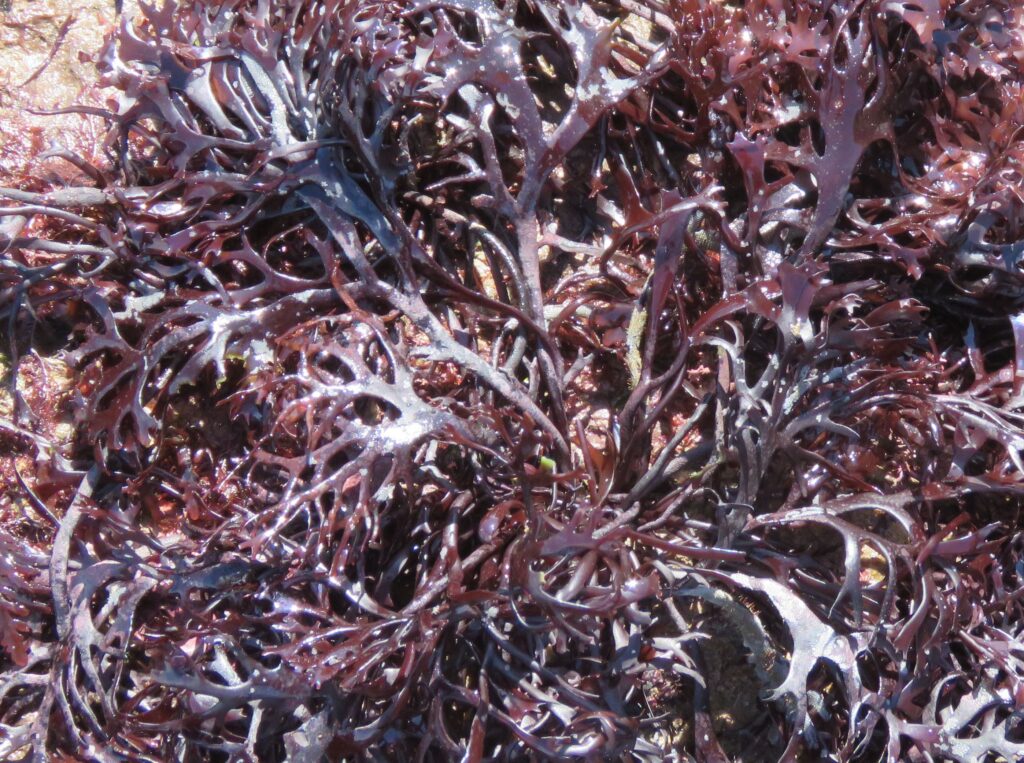Introduction
The practical utility of carrageenan stems from two key properties. Its ability to form strong gels with certain salts or other gums and its ability to interact with certain dairy proteins. Carrageenan is mainly used in the food industry with some applications in the toiletries industry. Industrial applications of carrageenan are rare.

Carrageenan is a misleading term as it covers a large diversity of products which can vary in the functionality depending on the original weed source, how the material has been processed and the environment the product is exposed to.
Carrageenan is traditionally split into three basic forms:
Lambda Carrageenan
lambda carrageenan is a highly sulphated type of carrageenan mainly used for its ability to impart mouth feel and a creamy sensation to dairy products. Lambda carrageenan does not gel. Commercially it is supplied as it is extracted from the seaweed which is as a kappa / lambda mixture.
Iota Carrageenan
Iota carrageenan is is a type of carrageenan with a sulphate content intermediate between kappa and lambda carrageenan. Iota carrageenan forms an elastic gel with good freeze thaw and re healing properties.
Kappa Carrageenan
Kappa carrageenan is the most commonly used type of carrageenan. Its most important properties are its high gel strength and strong interaction with milk proteins. About 70% of the worlds carrageenan production is based on kappa carrageenan.
This Introduction to Carrageenan article has additional information on carrageenan structure, sources, production, synergy and protein interaction which can be accessed using the forward arrow in the Further Reading box below or by downloading the pdf here.
Further Reading
Read more on Carrageenan
